Aloe propagation, all the nuances and features
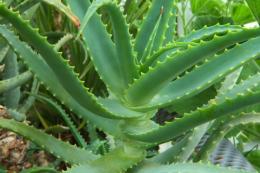
Complex in origin, aloe is impoverished in itself as a shrub and perennial leaf plant. The leaves are arranged spirally from the root and have a firm, fleshy structure. Flowering at home is rare; the flowers can be of different colors and are located at the end of the flowering tube.
In natural conditions Aloe grows in dry climates, for this reason the structure of the leaves is similar to cacti. In a critical situation, the pores of the plant close and moisture is retained inside the leaf.
People know about the beneficial properties of the plant from distant ancestors. According to some sources, already 3,000 years old. The plant contains a large amount of useful substances. Among them are antioxidants, allantoin, vitamins C and E, as well as beta-carotene. The beneficial properties of aloe are used for diseases of the intestines, stomach, tuberculosis, anemia and even bronchial asthma. Among other things, aloe helps with the healing of various types of wounds and burns.
Content:
Aloe care
Incorrect watering the plant, despite its apparent strength, can destroy it. It is very important to prevent rotting of the roots. Most often, aloe needs watering during the growth period, namely in spring and summer. Watering at these times of the year should be done once a week. In autumn and winter, once a month will be enough.To achieve the best result, water should be poured into the pan, so the lower roots, which are responsible for delivering moisture to the trunk, will receive the necessary access. Water the plant from above so that the water gets into the space at the base of the leaf.
The following is equally important for the plant:
- Warm water for irrigation. It is very important to observe the temperature regime; the water should not be cold.
- Fresh air. If possible, aloe should be placed outdoors in the warm season.
- Temperature regime. Despite the fact that aloe loves temperature changes, you should not keep the plant at >15°C
- Cleaning. Aloe does not require spraying with water, but the leaves should be periodically cleaned of dust.
- Light. A lot of sunlight will definitely benefit the plant.
How to propagate aloe at home
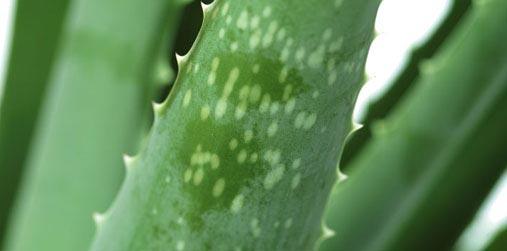
Propagation of scarlet seeds by seeds is a rather labor-intensive process that requires compliance with many nuances. Ripe seeds are collected from February to March. The mixture of soil for germination should consist of sand and turf, leaf soil in approximately equal quantities. It is this kind of land that is as close as possible to natural conditions.
Sprouted plants transplanted into separate pots with the same soil composition, but with the addition of coal and brick chips in equal quantities. After a year, the sprouts become stronger, and further care for them is carried out as for an adult plant.
It’s easier to use cuttings for propagating aloe, and it’s also possible to do so every year. The shoots are cut into pieces about the length of a finger; they should lie in a warm and dry place for several days. The cut areas should be dipped in charcoal powder. Then plant it in the sand to a depth of 5 cm. Watering should be moderate, the sand should be wet.After just a week, the sprouts can be salted into separate pots to a depth of 7–8 cm. A mixture of soil, as in the first option.
An even simpler option is propagation by the tip of the shoot. Before planting, the cut shoot should be dried for several days in a warm, dry place, then planted cut into the sand to a depth of no more than 4 cm. To support the shoot, it is attached to a peg. It is important to prevent freezing; the temperature should be maintained at 20°C. After the roots appear, the sprout can be transplanted into the soil and cared for as an adult plant.
What to feed after transplantation
Cactus mixtures are excellent as soil for aloe. Adding coal and brick chips to them increases the looseness of the soil, bringing it as close as possible to natural. Mixtures for cacti are also perfect as fertilizers. Fertilizing should be done after rooting and transplanting into a separate pot.
Fertilizers:
- Liquid complex fertilizers containing minerals, it is important that the liquid gets only into the soil, and not the aloe itself.
- During spring and summer, feeding should be done once every two weeks. Due to fertilizing during this period, active growth and improvement of the condition of the shoots are stimulated.
- Fertilizer should only be applied to already moist soil, otherwise you risk damaging the roots with too high a concentration.
- Purchased aloe should be fed 2–3 weeks after purchase, and transplanted aloe only after the first shoots appear.
- Feeding does not cure aloe, but aggravates its condition.
What mistakes can be made during transplantation?
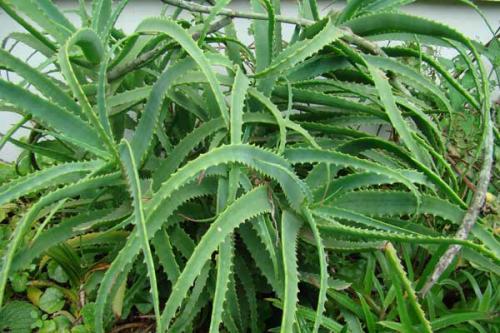
A young and fragile plant should not be ignored.Sunlight is very important for the sprout, do not forget about this and, if possible, move the pot after the sun. A young sprout does not require fertilizer; in the first six months after transplantation, you risk harming the plant due to excess salt content in the soil. Do not use fertilizer under any circumstances if the plant withers after replanting; the cause must be found and eliminated without additional fertilizer.
Perennial, which carries a huge amount of benefits, undoubtedly should be in every home. Books are written about all the beneficial properties, but when necessary, we so often pass by this wonderful plant.
Aloe is an unpretentious plant, however, it should be cared for at least minimally, especially in the case of propagation.
Watch how to properly plant aloe in the video:
Interesting information about the vegetable garden


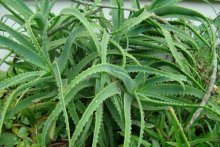
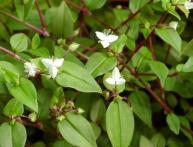

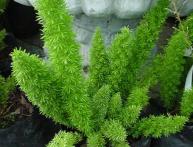



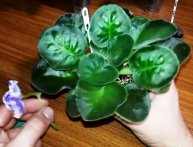
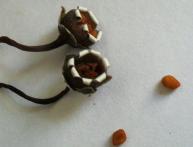
Comments
The plant is very unpretentious, so it is difficult to make a fatal mistake when transplanting it. Another thing is that, according to my observations, after a transplant, the healing properties of aloe juice decrease for several months.